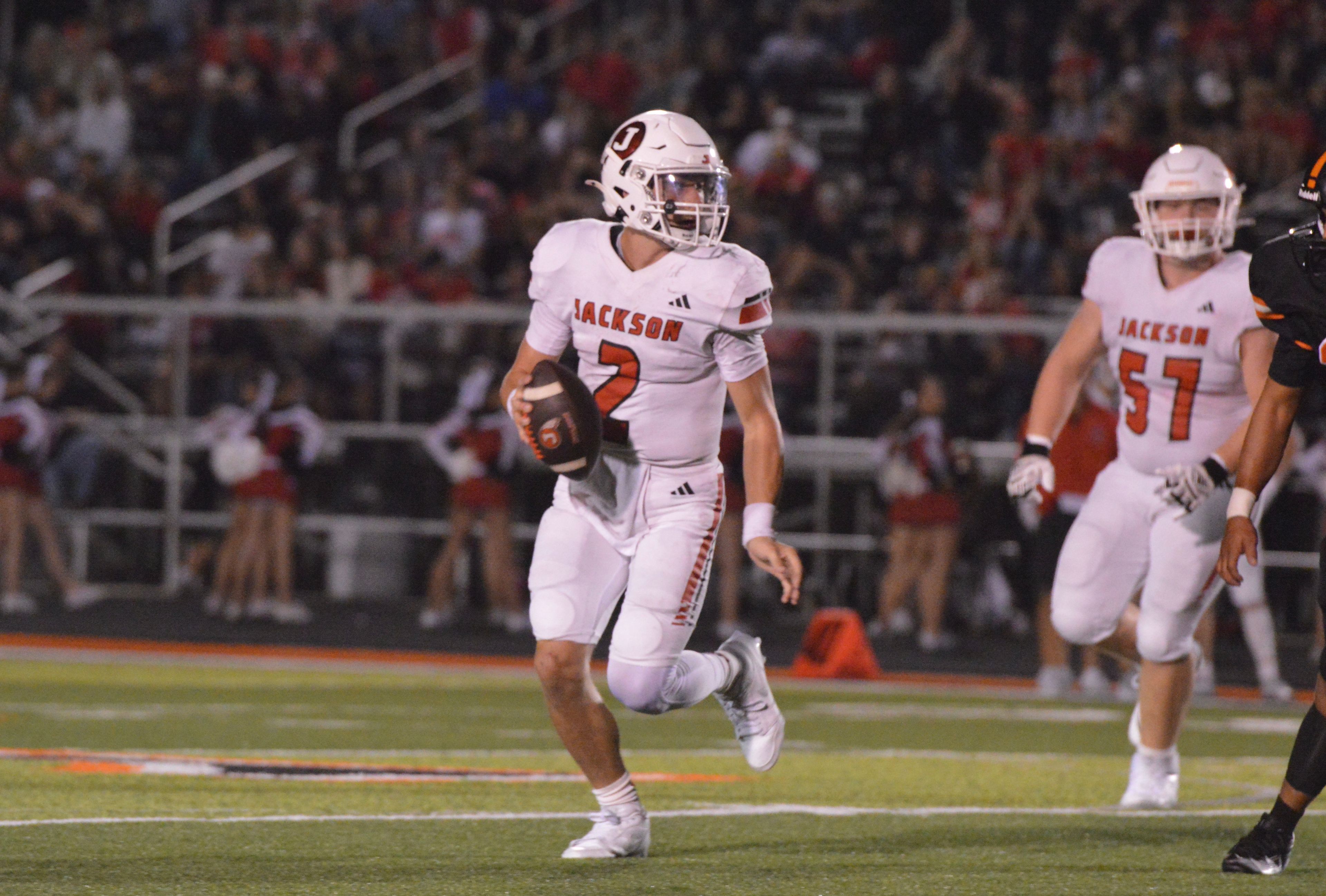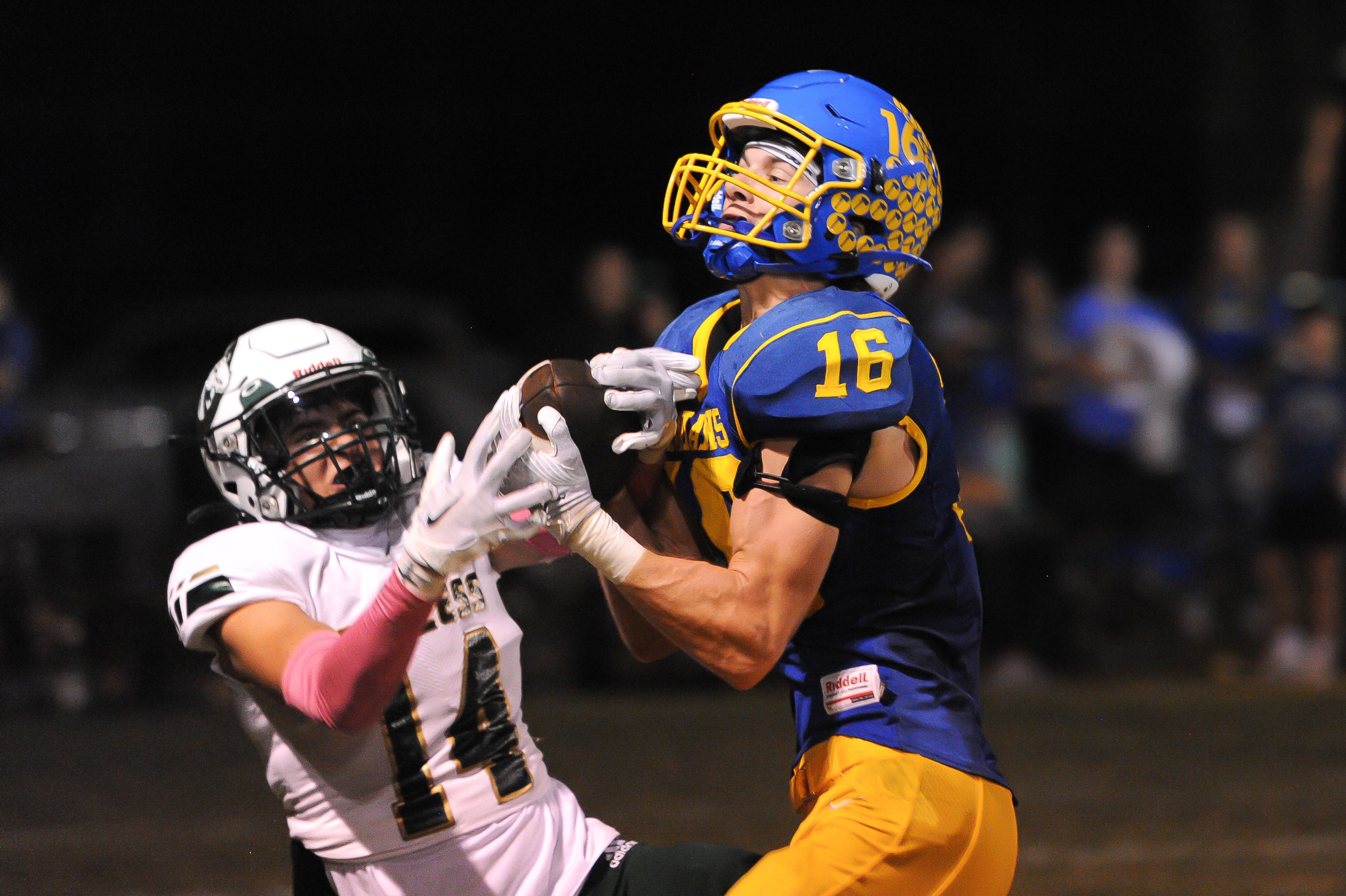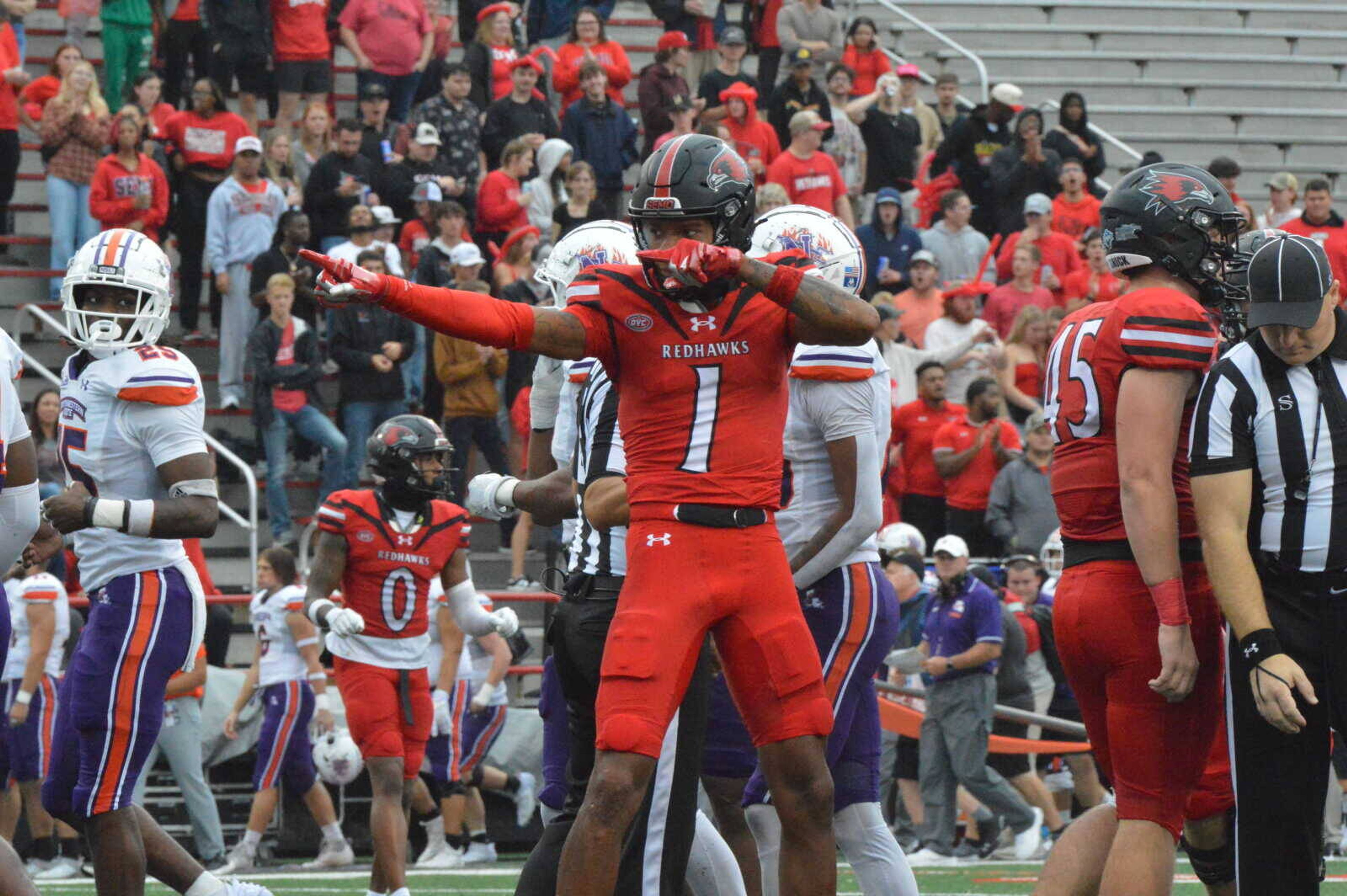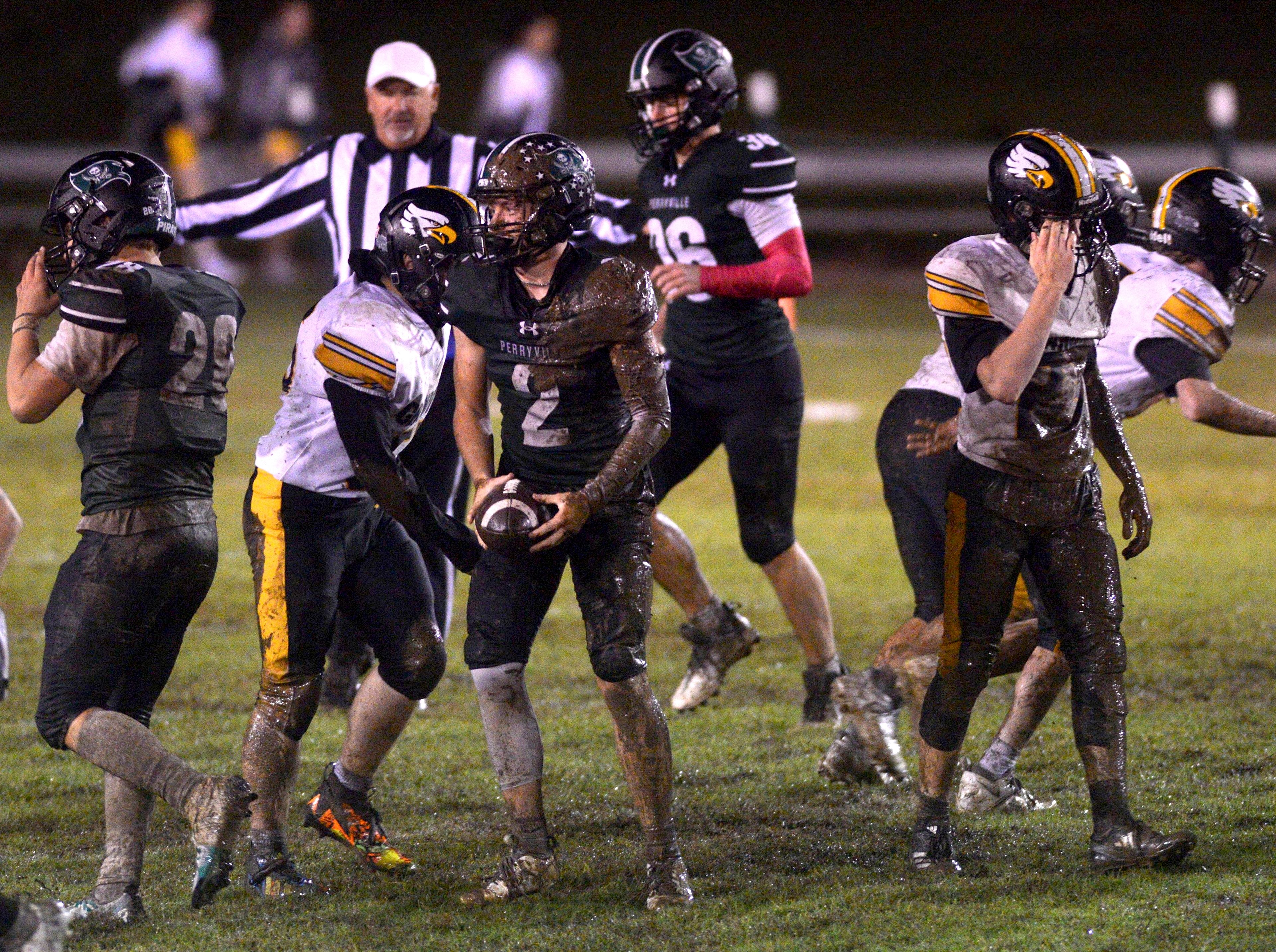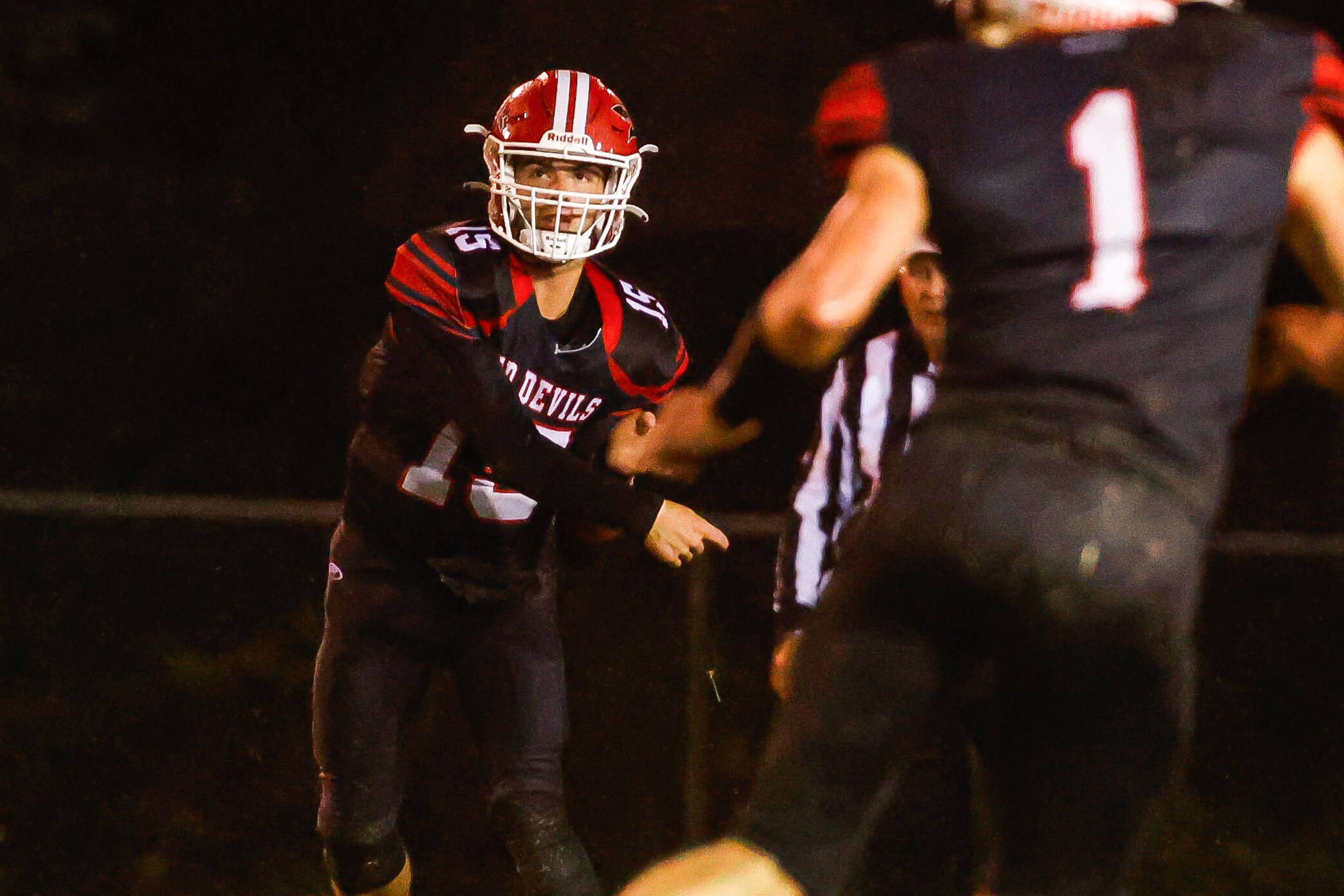JACKSONVILLE, Fla. -- The club stands out only because there is no other like it on the shelves at the David Gates Golf Superstore. Amid neatly arranged rows of drivers, fairway metals, the new craze of hybrids and an assortment of wedges, is a Top-Flite X2000 iron with a "1" printed on the sole.
There was only one other 1-iron in the store -- a Callaway Big Bertha in a clearance bag.
Gates didn't even know it was there.
"It's just not existent anymore. It just isn't happening," said Gates, who has been in business for 21 years. "Call it what you want. It's a dying breed."
The 1-iron, perhaps the most fascinating club in the bag, has been on its way out for years as players opted for fairway metals to more easily get the ball in the air. Then came the hybrids, a cross between fairway metals and long irons, that are replacing even the 2-iron and 3-iron in some bags.
But the death of the 1-iron might be traced to early April at the MCI Heritage at Hilton Head.
Joey Sindelar took his trusty 1-iron out of the bag for the first time in 15 years.
"I'm a very stodgy, slow-to-move, dumber-than-a-rock kind of guy. I stay in my cave. I'm very slow to change clubs," Sindelar said. "But this had to happen."
Sindelar attributed the inevitable to two factors -- the hybrid clubs, which are more versatile, more forgiving and still produce like long irons; and golf balls designed to spin less so players with a high launch angle can get more distance.
"That's the spin I need for my 1-iron," he said.
The 1-iron is often referred to as a butter knife, although even some butter knives are more forgiving. It often requires the perfect blend of speed and power, which most players don't have or don't want to risk trying.
That made the 1-iron the source of some of the most famous lines in golf.
"Actually, the only time I ever took out a 1-iron was to kill a tarantula," wrote Jim Murray, the Pulitzer Prize-winning columnist for the Los Angeles Times. "I took a 7 to do that."
It's lightning-proof
Lee Trevino once suggested holding a 1-iron when lightning was in the area.
"Even God can't hit a 1-iron," he joked.
But the club was responsible for some of the greatest shots in golf, starting with Ben Hogan hitting a 1-iron into the 18th green at Merion to win the 1950 U.S. Open. That remains one of the most famous of all golf photographs.
And then there's Jack Nicklaus.
"I would say that probably the best shots that I've played in golf, and the ones I remember the most, have been 1-iron shots," Nicklaus said.
* Baltusrol, 1967 U.S. Open: Nicklaus needed a birdie on the 18th hole to tie the U.S. Open scoring record held by Hogan, but he had 238 yards for his third shot -- uphill, all carry, into the wind. He hammered his 1-iron to about 20 feet and made the putt to finish at 272.
* Pebble Beach, 1972 U.S. Open: In what many consider his most memorable shot, Nicklaus hit a 1-iron into the wind on the par-3 17th. The ball hit the flagstick and settled 6 inches away for birdie to clinch his third U.S. Open.
* Augusta National, 1975 Masters: With a 1-iron that Nicklaus said was better than the shots at Baltusrol and Pebble Beach, he desperately needed a birdie to keep pace with Tom Weiskopf. He had 246 yards and went straight at the flag, so flush that he thought it might fly into the cup for double eagle. It stopped 15 feet away.
"A lot of people had trouble getting the 1-iron in the air," Nicklaus said. "I don't think it has anything to do with a sweet spot. I think it's basically a technique of power and speed to be able to hit the ball up in the air."
Enter the hybrids.
Taylor Made was among the first equipment companies to develop a hybrid, which it called the "Rescue." Other companies eventually followed, and now there's even a hybrid made by the Ben Hogan Co.
Gates, meantime, has started selling some sets of irons with the hybrids replacing the 3- and 4-irons.
And here's more proof that the 1-iron is becoming a relic: Even Ping stopped pushing it.
With its perimeter weighting and cavity-back irons, Ping was among the first manufacturers that shot down the myth about how difficult it was to hit a 1-iron.
"We used to have a lot of single orders for those because they were easy to hit relative to what was out there," said Pete Samuel at Ping. "They were a mini-category, the predecessor to the hybrid in a way. Obviously, it's not a big part of our iron offering any more."
Perfect for windy days
Some players will use the 1-iron if conditions warrant, such as at the British Open or on a blustery course where the ball might roll forever.
What caused Sindelar to finally give up the 1-iron was the BellSouth Classic, when he was paired with Jonathan Byrd and played on the tight, damp fairways of the TPC at Sugarloaf.
"It hit me like a ton of bricks," Sindelar said. "He's on these tight, wet fairways hitting 9-wood or 7-wood, these magnificent 230-, 250-yard shots, high and soft. I'm standing there watching. I've a got a similar shot, a little farther back, and I'm looking at my caddie saying, 'I couldn't do that.'"
Connect with the Southeast Missourian Newsroom:
For corrections to this story or other insights for the editor, click here. To submit a letter to the editor, click here. To learn about the Southeast Missourian’s AI Policy, click here.
